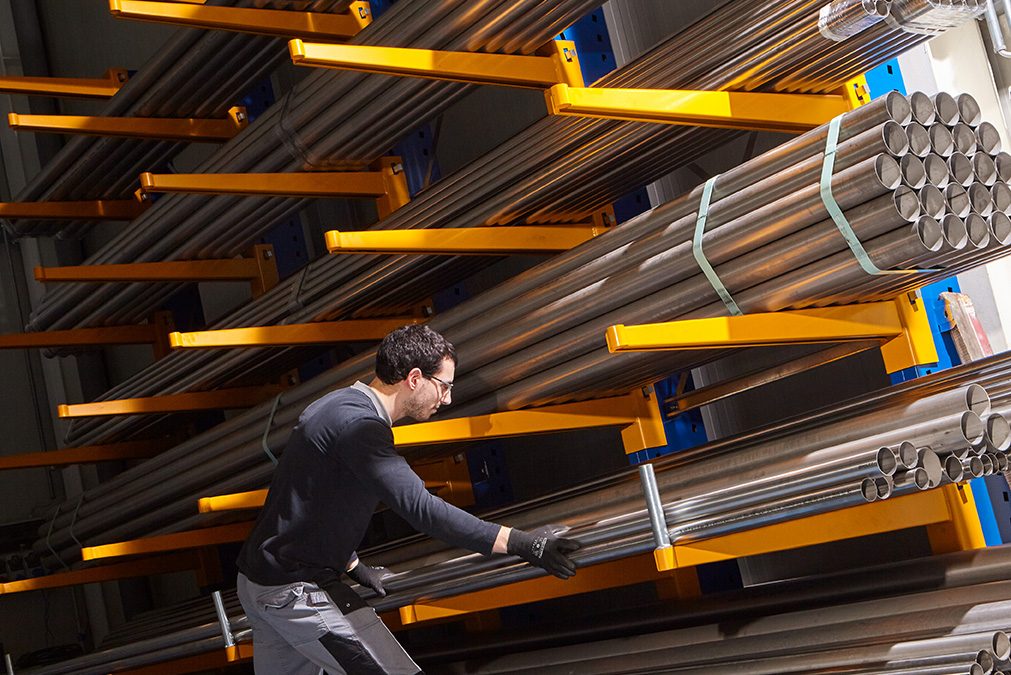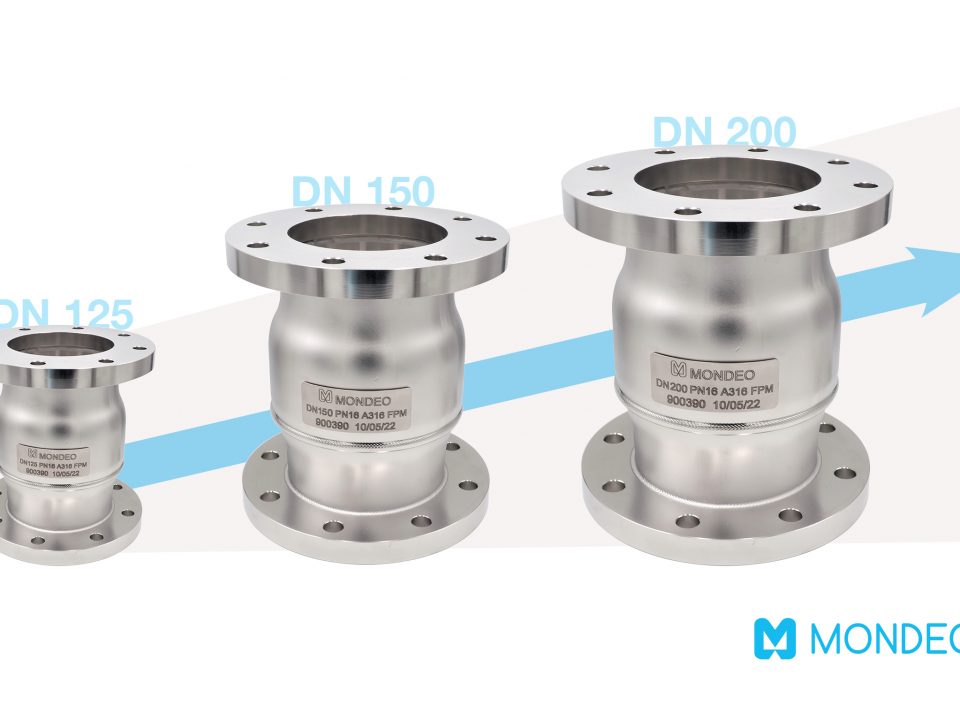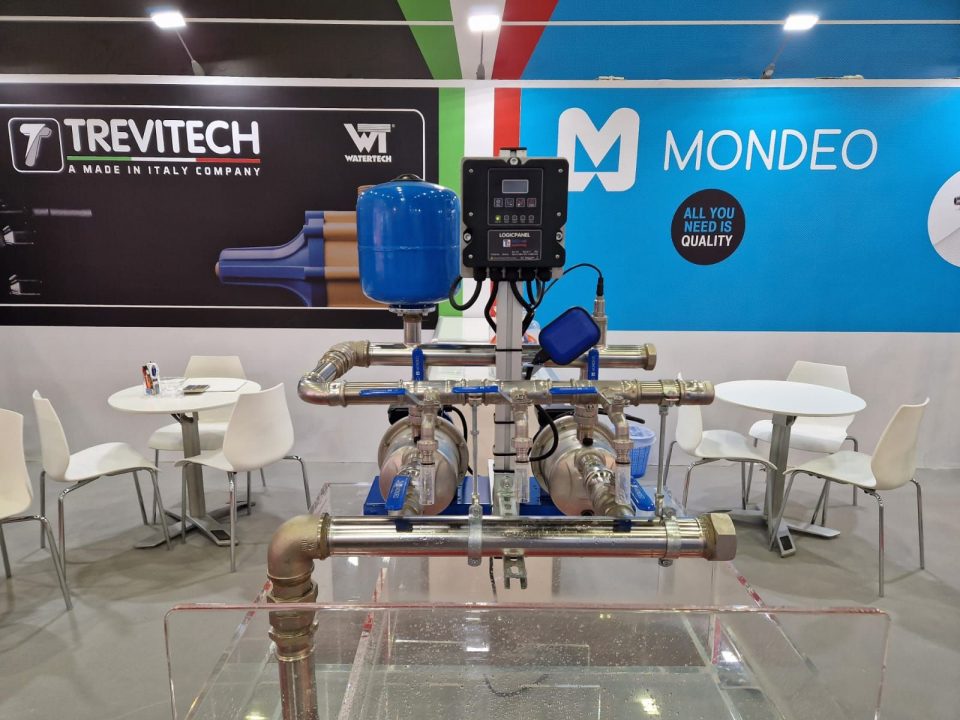
The Big Five Dubai 2018
November 13, 2018
A new laser cutting system
January 28, 2019
Stainless steel is an iron-based alloy that mixes the mechanical characteristics that are typical of steel, namely ultimate load and hardness, with the resistance to corrosion that is typical of noble metals.
Its stainlessness, in other words its resistance to corrosion, comes from the protective patina that forms on the surface of the metal when simply exposed to air, so blocking the oxidation process and the consequent formation of rust. The defence mechanism activates thanks to the presence in the alloy of chrome and other noble materials such as nickel, molybdenum, titanium and niobium.
These characteristics make stainless steel the perfect material for use in different sectors, in particular where high resistance and high health performances are required: from building to automation, from systems to the medical and food sectors.
Right from the start, the research that led us to making our products – valves and manifolds – from moulded stainless steel was dictated by our desire to give all the advantages of this material when in a hydraulic system at a price that is more reasonable than cast steel: performance, then energy saving, product duration, resistance to corrosion and hygiene.
When speaking about this metal alloy, though, there is another quite important aspect to consider, and which should be added to the strong points that have already been listed: stainless steel is a truly green and sustainable material.
Why can stainless steel be defined as ecological?
First of all, consideration should be given initially to its production. Stainless steel is a frugal user of energy and so, in comparison with other metals, a very reduced amount of heat is needed to produce it.
The most important aspect of its ecological characteristics can be found at the end of the production cycle, when considering product scrapping. It is, in fact, clear that a longer-lasting product helps reduce the amount of material to be scrapped considerably.
There is also another advantage, probably less well known. Not everyone is aware that stainless steel can be fully recycled, so we can say that a completely new product made from this material does not exist. Stainless steel can, in fact, be destroyed and recast to generate other sheets, pipes or bars, which in turn can be used to make components, systems and instruments illimitably.
We can define it as a permanent material, ideal for the new frontiers of the circular economy: it can be recycled 100% and infinitely, without losing any of its original qualities and without having to compromise on quality.




